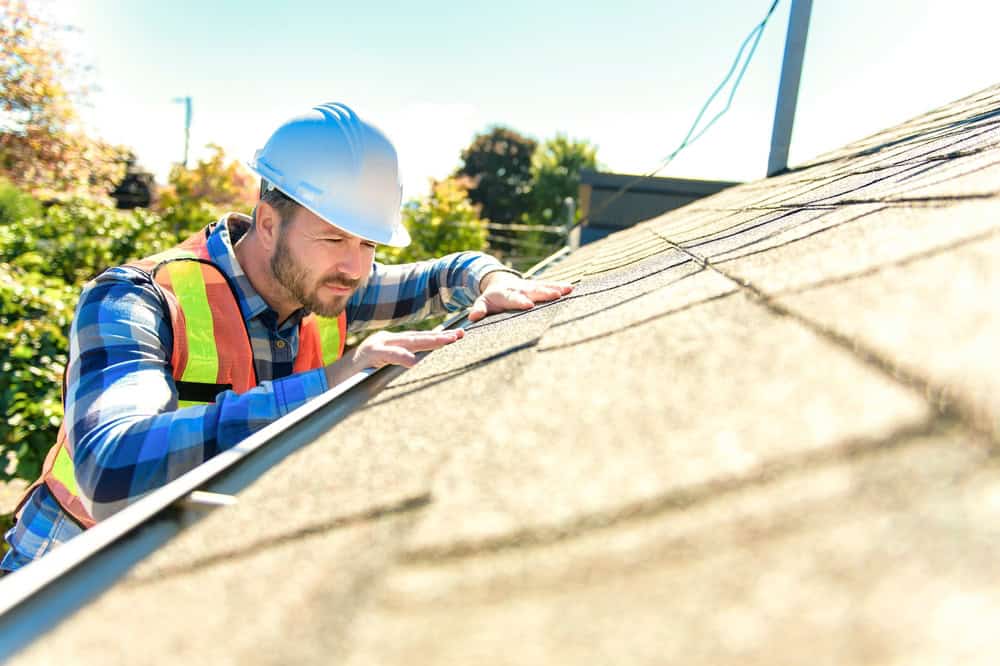Assessing Roof Wear and Tear: Protecting Your Home from Leaks

Caring about the condition of your roof is crucial for protecting your home. A worn roof, nearing the end of its lifespan, becomes susceptible to leaks, which can lead to significant damage and potential mold growth. Proactive planning for roof replacement is a smart homeowner strategy.
Lifespan of an Asphalt Shingle Roof

Typically, an asphalt shingle roof lasts around 20 years. However, its lifespan is influenced by factors such as the original quality of the shingles and the amount of sun exposure it receives. Sunlight degrades the asphalt base, causing shrinkage, curling, granular loss, and ultimately, leaks.
Identifying Signs of Wear

To assess the condition of your roof, look for these telltale signs:
- Curling Shingles: The edges of the shingles may begin to curl upwards or downwards.
- Granular Loss: Noticeable loss of granules from the shingle surface, often visible in gutters or at the base of downspouts.
- Shrinkage: Reduction in the size of the shingles, leading to gaps between them.
- Cracking: Cracks appearing on the surface of the shingles.
- Leaks: Obvious signs of water intrusion inside the home, such as water stains on ceilings or walls.
Inspecting Your Roof

When inspecting your roof, prioritize safety and use the appropriate method:
-
From the Ground with Binoculars: This is the safest option. Use binoculars to get a closer view of the shingles, looking for signs of damage. Focus on areas where wear is most likely, such as around vents, chimneys, and valleys.
-
From the Edge of the Roof (with Caution): If you choose to inspect from the edge of the roof, exercise extreme caution. Use a sturdy ladder and wear appropriate safety gear, including non-slip shoes. Avoid walking on the roof, as this can be dangerous and may cause further damage.
Spacing Between Shingle Tabs

The spacing between shingle tabs provides another indicator of roof age:
- Newer Roofs: Expect a tight, clean space of about 1/4 inch between shingles.
- Older Roofs: The gap increases with age, potentially reaching up to 3/4 inch when the roof is worn out.
Conclusion: Seeking Professional Advice

If you suspect that your roof is worn or showing signs of damage, it’s best to contact a qualified roofing professional for a thorough inspection and expert advice. Regular inspections and timely repairs can help extend the life of your roof and prevent costly water damage.